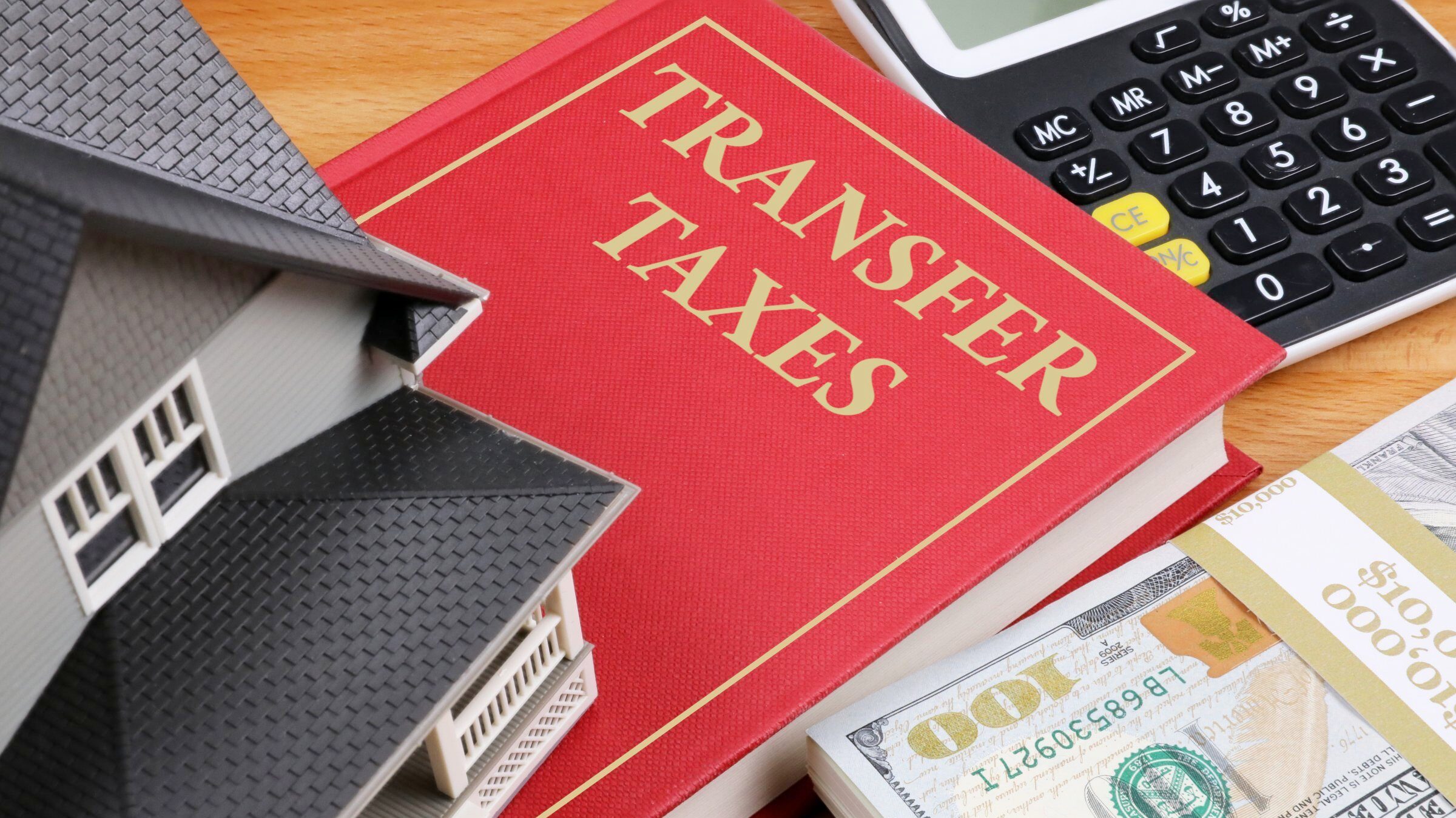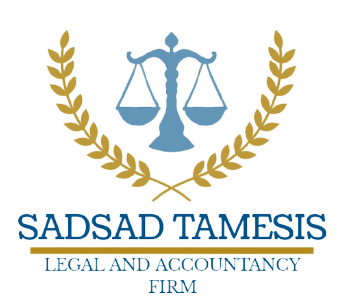
Do you want to buy real property? If you do, learning about real property taxes and fees is critical. Failing to pay can result in different consequences for you, depending on which one you miss. There are also a few types of taxes and fees that the seller will handle.
Keeping track of what payments both parties need to settle will help make the transferring process easier. Prepare yourself with this quick overview of the different taxes and fees you and your seller will encounter, so that you’ll always stay on top of your payments.
Buyer’s Taxes and Fees
Registration Fee
The simplest fee to consider when transferring a property is the registration fee, which you as the buying party will shoulder. Completing this payment is required in order to make the transfer of ownership official.
To calculate the registration fee, take the selling price, zone value, or fair market value of the property, whichever one is the largest. The final cost for registration is 0.25% of that number.
Transfer Tax
A municipality imposes the transfer tax on any method of transferring real property ownership. You will pay this tax to the local government. The transfer tax is not to be confused with estate taxes, which are paid to the BIR.
To calculate transfer taxes, you will still have to take the largest number among the property’s selling price, zone value, or fair market value. The transfer tax that you will have to pay is 0.75% of that number in Metro Manila, and 0.5% in other provinces.
Documentary Stamp Tax
Finally, you’ll have to pay the Documentary Stamp Tax upon finalizing the transfer. Documentary Stamp Tax, or DST, refers to the tax that is on any document or paper proving a sale or transfer. This tax applies to, among other things, the sale or transfer of stocks and properties.
Calculating the DST for the transfer of real property works similarly to the transfer tax and registration fee. Take the highest number between the selling price, zone value, or fair market value of the property. You will have to pay 1.5% of that number for your DST.
However, note that the DST is applied to a wide range of documents, and there are different ways to compute each one. The best way to see how to compute the DST for your document is by checking BIR’s Tax Rate Table.
Seller’s Taxes and Fees
Capital Gains Tax
The government imposes the capital gains tax, also known as CGT, on the profit that the investor received from selling or exchanging their capital assets. Capital assets refer to both stocks of a domestic corporation and real property, but we will focus on real property for now.
To get the CGT of a real property, take whichever is the larger number between the zonal value or selling price on the deed of sale. The seller will have to pay 6% of that number for your CGT.
Realty Tax
Realty tax refers to the tax imposed on all buildings, land, improvements on the land or building, and machinery. Section 197 to 283 of the Local Government Code states that all local governments can impose a realty tax. These governments will then use the collected tax to provide their public services to the community. If your seller has any unpaid realty taxes, he or she will have to settle them before completing the transfer of title.
There are a few more steps towards calculating the realty tax. First, check the real realty tax rate of the property’s area. If it’s within Metro Manila, the rate is 2%. Likewise, if it’s within the provinces outside of Metro Manila, the rate is 1%.
Next, calculate the property’s assessed value. You can get this by multiplying your property’s market value by its assessment level. Here are the assessment levels, based on Section 218 of the Local Government Code:
- Residential: 20%
- Agricultural: 40%
- Commercial, Industrial, and Mineral: 50%
- Timberland: 20%
- Special classes: cultural, scientific: 15%
- Hospital, and water districts: 10%
For example, if you have a house worth P2,000,000, you’d multiply that by the residential assessment level, which is 20%. Your property’s assessed value would then be P400,000.
Multiply your property’s assessed value by the area’s tax rate to get your yearly realty tax. Say this house is located in Metro Manila. Multiply P400,000 with 2% to get P8,000.
The final step is to add an additional 1% of your property’s assessed value for the Special Education Fund, which aims to fund the local schools in the area. In this case, 1% of P2,000,000 would be 20,000. Adding this all up would finally bring your realty tax to 28,000 per year.
You will have to shoulder this tax instead once the transfer is fully complete and the property is officially yours. Therefore, it’s a good idea to keep this in mind for the future.
Conclusion
Settling all of these taxes and fees on time can speed up the process of the transfer of title. Ensure that both you and your seller handle your respective payments on time.
Are you looking for a real estate lawyer to help you with your transfer of title? You can rely on Sadsad Tamesis Legal and Accountancy Firm’s team of lawyers to help you throughout the transferring process.

